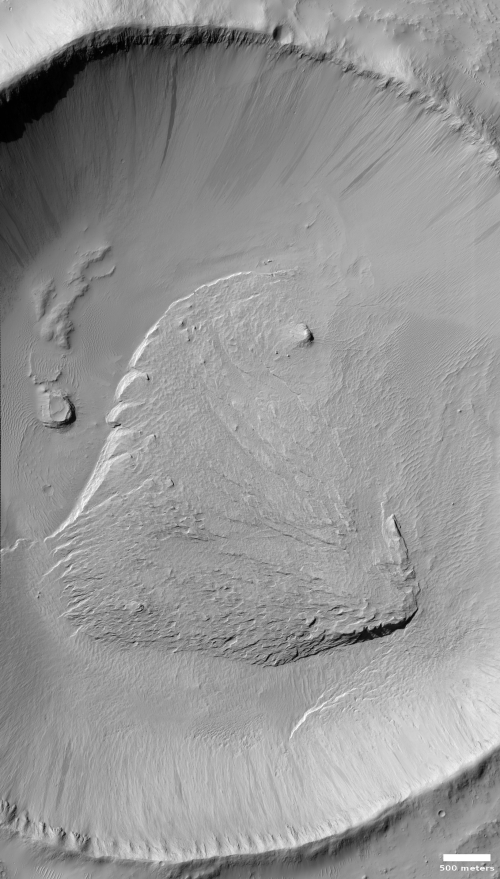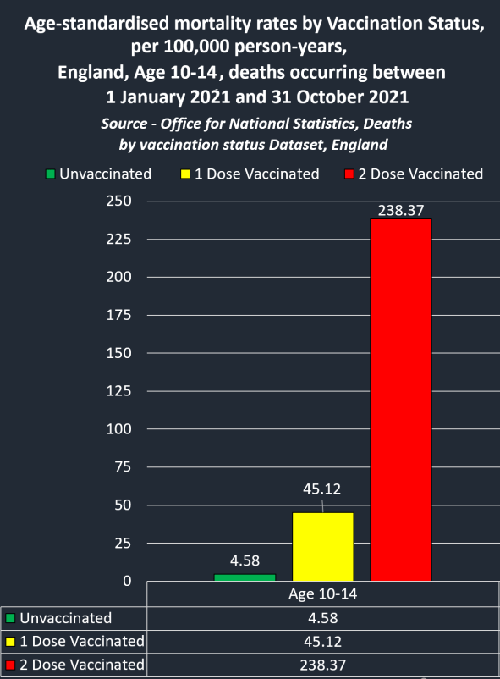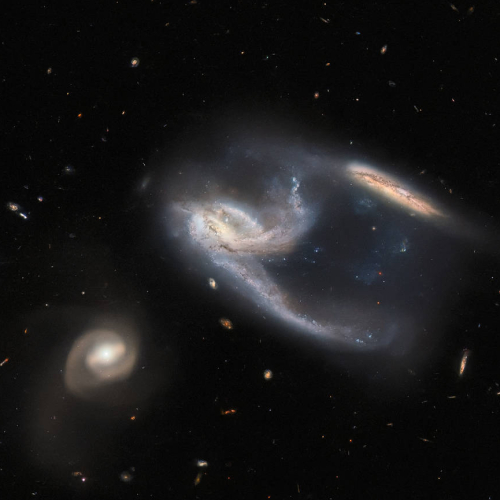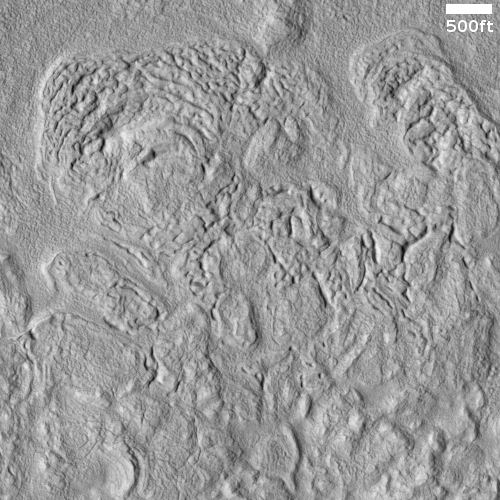
“A little child shall lead them,” painting by James L. Johnson.
If there is any hopeful sign coming out of the last two years of Wuhan panic, it might be the long term reaction of the young to how the political community has treated them.
Let me explain. For decades it has been assumed, quite rightly, that the young would automatically gravitate to the Democratic Party. That party’s tendency to favor social programs based on helping everyone fit well with the young’s lack of experience, their natural instinct to think emotionally, and their personal lives so tightly bound to their school’s social community. The young lived in a type of emotional and socialist existence, so it was natural for them to instinctively favor the socialist ideas based on feel-good emotions put forth routinely by the Democratic Party.
Polls and voting patterns have consistently for decades proven this assumption to be true. For example, small college towns found the politics of their communities suddenly shift significantly leftward when the voting age was lowered from 21 to 18. The large but temporary college population in their towns, mostly leaning left, suddenly swamped out the more moderate voting patterns of the smaller general population.
This assumption has also been illustrated by many get-out-the-vote campaigns put forth by the Democratic Party. Rather than try to get voters of all stripes to vote, the Democrats would routinely focus these campaigns inside college campuses, a tactic that for decades has repeatedly brought them great success.
Above all — and most important — the Democratic Party never put forth policy proposals that would offend the young. Instead, the party would aim its policies at businesses, which the young did not own and would thus not be impacted by any negative consequences of any new leftist laws.
The Democrats love affair with “green” policies is a perfect example. A campaign to save the planet from global warming is something that sounds so good to the emotionally-driven young. For children under eighteen environmental issues would especially resonant. They would naturally like the high-minded idealistic sounding goals of environmentalism while feeling none of the negative effects of its sometimes draconian regulation. When these youngsters reached voting age they would thus instinctively pick the Democratic Party as their home, since it had portrayed itself as the true representative of their idealistic but very naive beliefs.
Environmentalism is just one of a whole slate of policy positions taken by the Democrats, from poverty to police abuse to civil rights, that have been designed to please the young without impacting them negatively in any way. The result has been a young population that routinely favored in great numbers the Democratic Party.
The Wuhan panic however has changed this situation radically. » Read more









